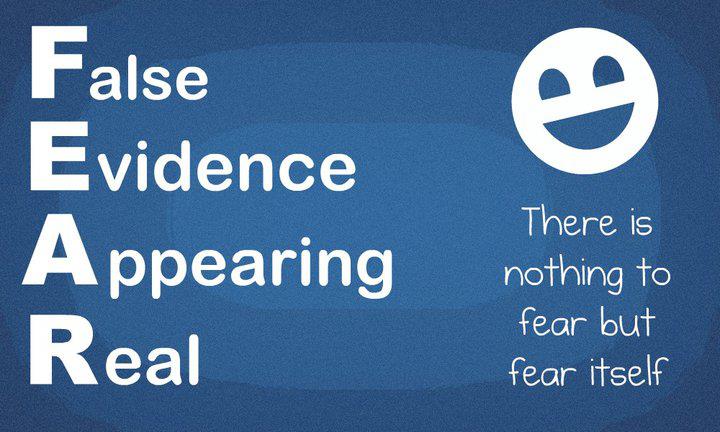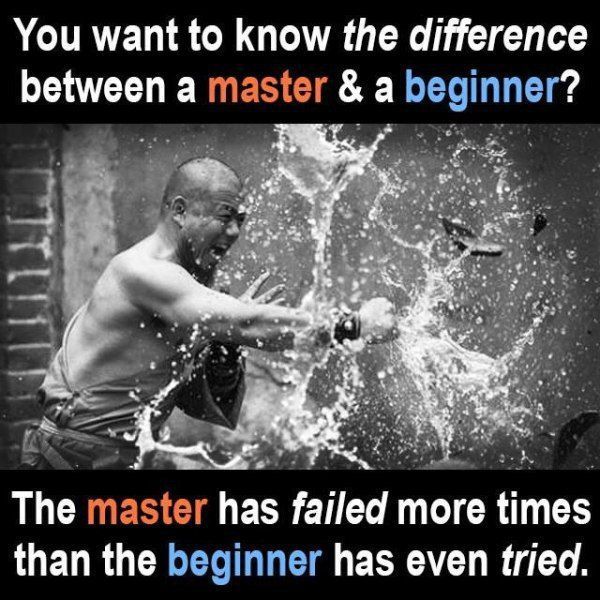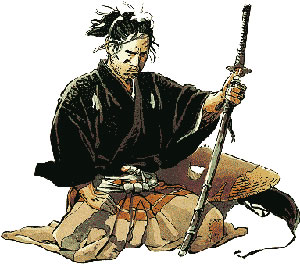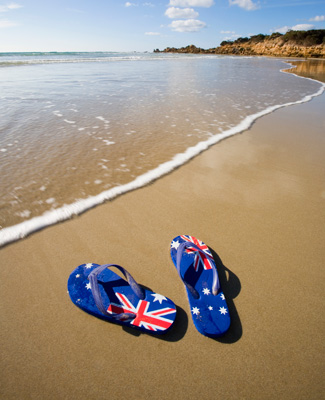When you injure your shoulder you expect shoulder exercises. When you have weak legs you expect leg exercises. But when you have problems with your feet and ankles, most people turn to orthotics, shoes with ‘arch support’ etc.
Why not foot exercises?
I’m here to tell you to stop thinking about it and start doing them!
Being strong and healthy means being able to stand on one’s own feet. Feet!
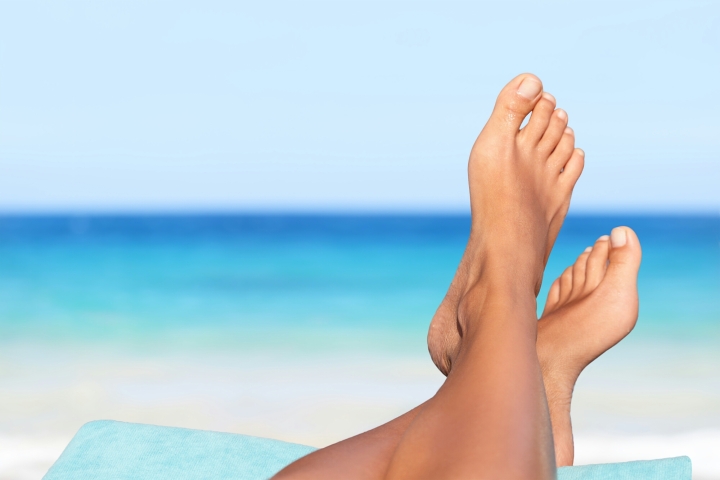
The foot is a brilliant piece of design and if you maintain it, it can outperform any shoe. If you train and use it the way they were meant to be used.
However, most people misuse and abuse theirs. Why else do we all love foot massages so much?
So what causes this misuse?
Heels, sports shoes, poor walking patterns etc.The list goes on.
Notice that not once did I blame genetics. Because for most people it isn’t. That includes you unless you have CMT or something like that.
And if you have to ask, then you don’t have it. And if you do have it, you can still benefit from these foot exercises.
Imagine wearing gloves or mitts all day everyday. Your fingers, hands and wrists would lose their natural function too. Incidentally I see a lot of people with these issues but they get hidden in pockets. Literally.
But I digress because that is a post for another day.
In the modern western training paradigm they consider there to be seven basic movements. Hinge, squat, push, pull, lunge, rotation & locomotion. Proponents advocate training these in every session.
The ankle has six basic motions. Abduction, adduction, flexion, extension, inversion and eversion.

Following the same reasoning, these movements should also be trained. Unless you want a club foot that can’t do its job properly.
And how much? As much as you can since you are probably not walking enough and especially not barefoot. But otherwise do as many reps as the number of years you have been alive. Of each movement. Should take about 5 minutes for most people. For those who are keen, do multiple sets and/or multiple times throughout the day. Or in the morning and then again at night.
A lot of traditional martial arts do these movements in their warmup. It helps maintain natural movements and these movements are eseential for walking. Probably a good idea for you to do it too especially if you do not walk or train barefoot.
But if that isn’t enough incentive then think of how you are missing out on training over 20 muscles by neglecting the foot. Interested now?
And by retraining some of your intrinsic foot muscles your other muscles won’t have to compensate for their deficiency which means a healthier, stronger you.
If you don’t believe me take the 21 day challenge. Every morning and night, do as many reps of the above as years you have been around. So the older you are the more you have to rehab hence more training.
And although it may seem difficult at first just remember that everything else you learned in life was also difficult at first. Walking, running, writing, driving etc etc.
But if it’s important to you, you will stick to it. Or at least I hope so. I don’t have the energy or ability to treat everyone I see. You know that saying about walking and running right?
So if it’s important to you, do it everyday. Like sleeping, eating and walking.

Think of the Chinese proverb about teaching someone to fish rather than simply giving them a fish. The former empowers, the latter enslaves.

